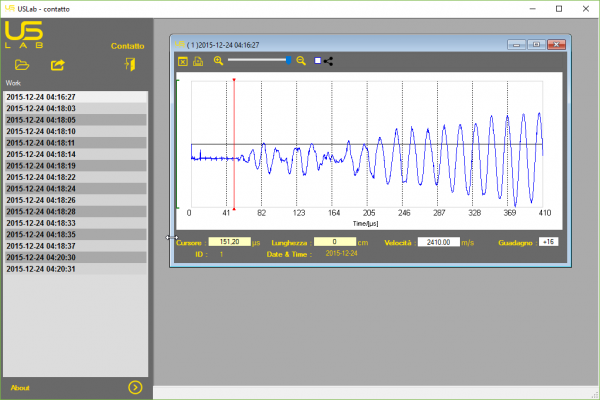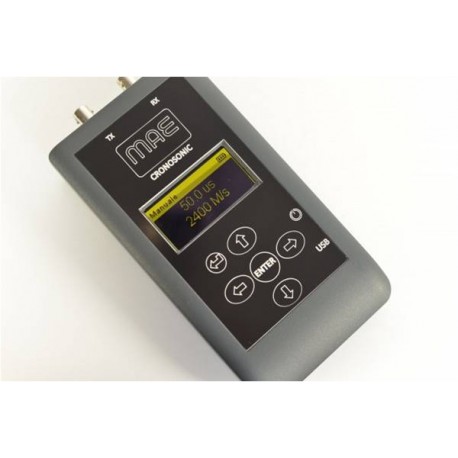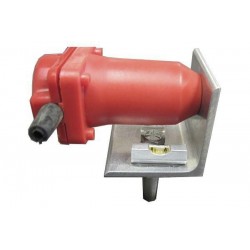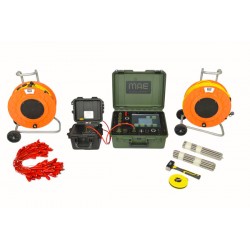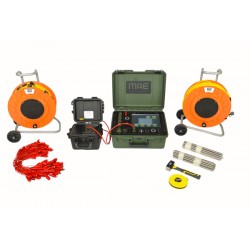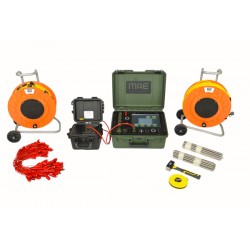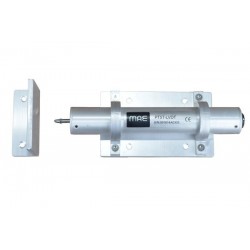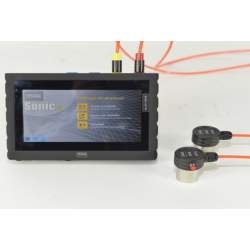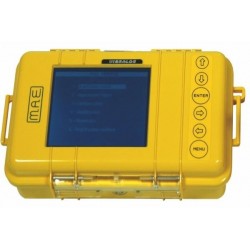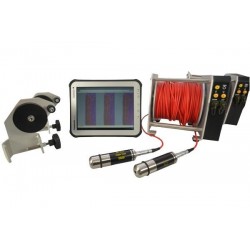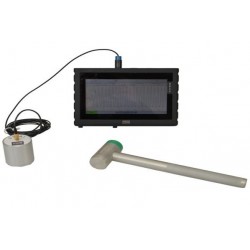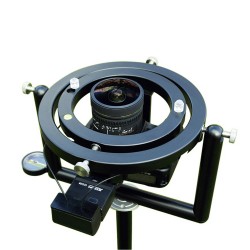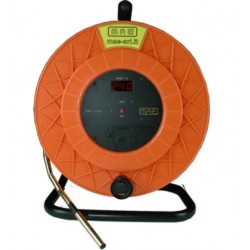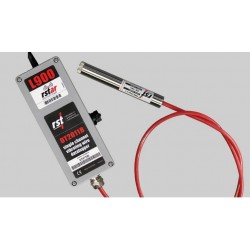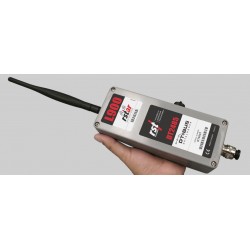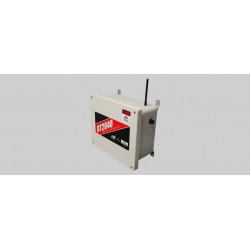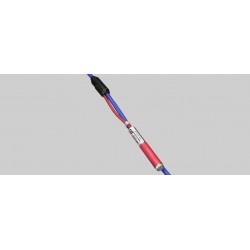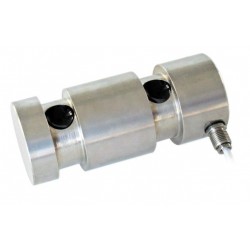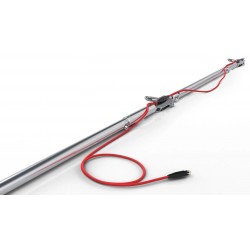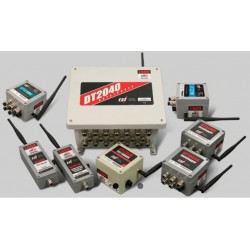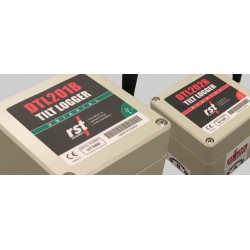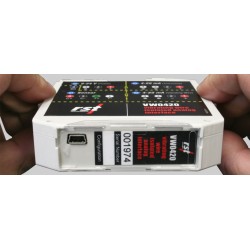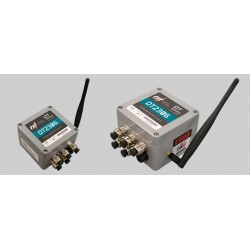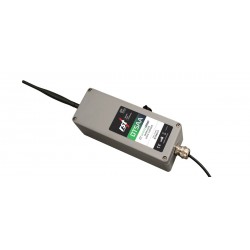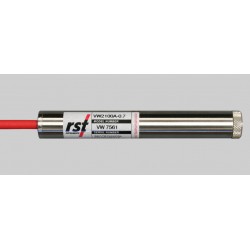No products
Prices are tax excluded
Product successfully added to your shopping cart
There are 0 items in your cart. There is 1 item in your cart.
CRONOSONIC Ultrasonic Pulse Velocity (ultrasonic timer)
CRONOSONIC
New
◆ Cronosonic is an instrument for ultrasonic pulse velocity through transparency which can be used to investigate poles, truss, diaphrams, laboratory samples and many other structures made of concrete or stone.
- Consulta este producto
- Remove this product from my favorite's list.
- Add this product to my list of favorites.
| The Sensor measures: | Pulses |
► It performs measurements using direct, indirect, and semi-direct methods. This compact instrument features a display that allows real-time viewing of the time of flight (TOF) and velocity of the material under investigation.
► Measurements can be transferred to a PC via a USB connection. To view the waveform, the instrument can be connected to an external oscilloscope.
► Ultrasonic pulse velocity testing is a standardized system for concrete diagnostics. By analyzing the compressive P waves in the material, it is possible to obtain the time of flight (TOF) of ultrasonic waves and their propagation velocity in the material under investigation.
► This high-frequency method is especially suitable for compact materials such as dry concrete and for small structural elements such as trusses, posts, etc. This series of instruments allows for estimating the mechanical characteristics of materials, assessing the homogeneity rate, and detecting possible fractures, cavities, defects, or anomalies in the element.
► The instrument complies with C597-09, Standard Test Method for Pulse Velocity Through Concrete.
► The method is based on the propagation velocity of longitudinal ultrasonic waves within a reinforced concrete structure. The propagation velocity depends on material characteristics such as elasticity, density, presence of voids, microholes, etc.
► By determining the following parameters: reflection, refraction, transit time (TOF), and vibration energy mitigation, it is possible to obtain information on:
● Mix homogeneity
● Elastomechanical characteristics
● Entity, geometry, and location of specific flaws or internal defects, and temporal variations in concrete quality parameters
● Ultrasonic testing, which allows the evaluation of pulse transit velocity (with known thickness and time), is particularly important.
► The main objective of ultrasonic testing is to record the time of propagation (TOF) and subsequently calculate the velocity. To calculate the propagation velocity of longitudinal waves (P waves), it is necessary to accurately determine the arrival of the first wave train. To perform this operation correctly, the instrument must be equipped with an oscilloscope that allows the transit wave to be displayed on the screen.
● Ultrasonic testing can be performed using:
► Direct method
● When the transmitting and receiving probes are placed on opposite sides of the element to be tested.
► Semi-direct method
● When the E/R probes are placed on adjacent, usually orthogonal, surfaces of the element to be tested.
► Indirect method
● When the E/R probes are placed on the same side of the structural element to be tested.
● Number of channels: 2 TX/RX
● Internal storage : 250 measures
● Operating temperature: -20/+80 °C
● Power supply: Rechargeable internal battery
● Interface: mini-USB charge / data download; BNC to oscilloscope
● Display : 3" visualization of time of fly (T.O.F.) and speed
● Reference standards: ASTM C597 - Standard Test Method for Pulse Velocity Through Concrete
● Dimensions: 17,2 x 9,2 x 3,9 cm
● Resolution: 0.1 µs
● Measuring range: > 5000 µs
● Filter bandwidth: 20-80KHz
● Amplifier gain: 50dB
● Minimum trigger in : 145 mV
● Typology: Surface contact
● Frequency: 55 kHz
USLABCT:
Ultrasonic pulse velocity report software
